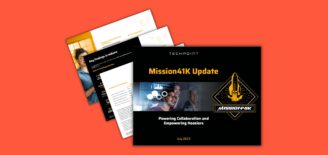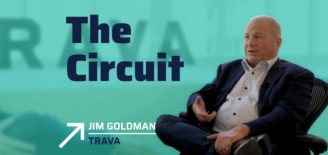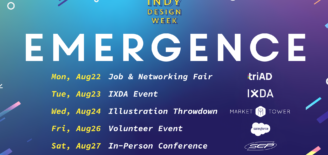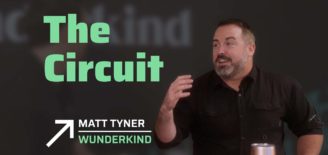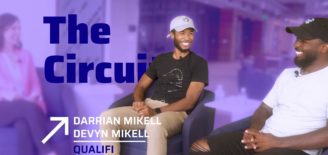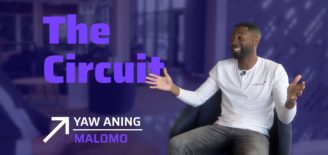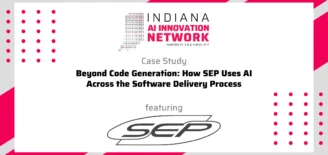Prospecting voice mails for complex solutions require special skills

I have seen many people squirm when facing the daunting task of creating sales messages for complex or intangible products and services. Many marketers mistakenly believe it is easier to develop winning messages for a commodity. However, it’s just as easy to script a three minute conversation around a complex sale because the objective is the same: to get the prospect to commit to learning more.
When developing winning messages for complex offerings, it’s important to keep a few things in mind:
Pay attention to the fundamentals. This includes understanding the unique functions of inside sales and enterprise sales. The difference can be summed up like this: the knowledge it takes to sell is very different from the skill set needed to make an educational introduction. Outbound cold calling is a different skill set and requires a dedicated resource to drive success. Revenue marketer Jim Brown quickly learned this while growing his sales staff at Compendium. “I’m a strong believer that sales people are hired for their ability to get to know the customer and close deals, not cold calling. It’s a different skill set,” he said.
It’s also important to know your audience (customer). This is just as important as developing an accurate data list. What a prospect needs to know and believe in order to set a meeting is very different than what they need to know to make a buying decision. Likewise, the solution value that drives a prospect to learn more might be very different than the solution value the prospect ultimately purchases. We’ve learned the top three things prospects need to hear in order to commit to another conversation or meeting are industry and functional experience, a tangible example of a problem that can be solved, and quantifiable value being achieved by others in their space. Focus on these three things.
Avoid messaging pitfalls. There are several common mistakes that marketers make when developing sales messaging; chief among these is getting bogged down with details. It’s important to remember that the main purpose of the call is to set up a time to talk in more detail, so don’t attempt to diagnose pain or address every area of solution value.
On the other hand, avoid a “watered down” message. Don’t try to be everything to everyone. If the messaging tries to address every area of pain and value, it won’t generate a response. For marketers, no response is the worst campaign outcome because it yields no information. Make sure your message speaks to the pain and value being experienced by others.
Don’t brag about awards and best-of-the-best product features and functionality. Those are not nearly as valuable and credible as a true story of the benefits being experienced by a peer. While their pain and environment may be different, this approach will inspire curiosity to learn more.
Finally, avoid “you-based” messaging. Don’t call people to tell them what they are doing wrong and how your solution can make it all better, as this puts people on the defensive. Instead, share a customer use-case on how you have worked with peers to alleviate their challenges and drive quantifiable results.
Keep in mind what you want to achieve. You should have two different messages based on whether you reach someone live or get their voice mail. Start with developing a voice mail script because it is an easier drafting process than trying to anticipate all the possible outcomes of a live conversation.
With voice mail scripts, think about what you want to say about the brand and solution, and what action you want to achieve. Be clear about what your goal is. For example, we typically include a request for callback to schedule an appointment with our voice mail scripting.
Effective messaging really works. As evidence: across a data set of 630,000 call and email attempts to a variety of industries, 37 percent of appointments were set via a returned call or email. It might not always feel like it, but people are listening and making informed decisions based on your messaging.
Jenny Vance is president of LeadJen, a B2B sales lead generation company. She can be reached at jenny@leadjen.com, on Twitter @JennyVanceIndy and on LinkedIn at www.linkedin.com/in/jennyatleadjen.




